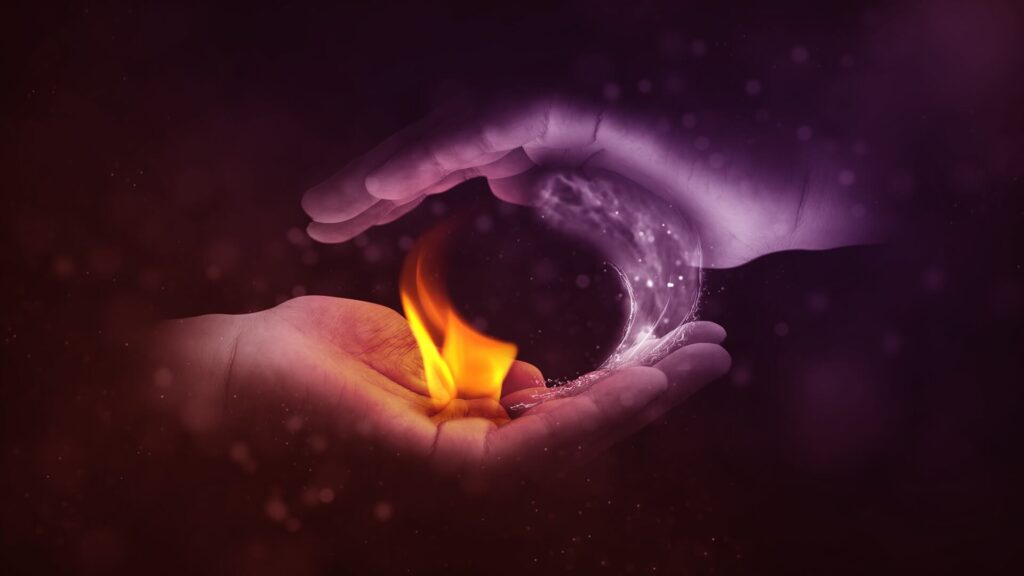History of Herbal Medicine
In modern science there is a theory that primitive hunters tracked down wounded animals. Injured animals instinctively eat shoots, foliage, or rhizomes of plants containing strong protective substances that favorably affect living cells. According to theory, this is how humans discovered medicinal herbs.
Chinese mythology has a beautiful story about where herbology came from:
In prehistoric times, when there was neither Heaven nor Earth, the world was only a gloomy, shapeless chaos. And in this darkness two great spirits were gradually born: Yin and Yang, who with great effort began to streamline the world. The spirit of Yang began to rule the sky, the spirit of Yin, the earth. This is how our world was created.


Soon heavenly spirits began to descend to Earth. Each of them took possession of certain elements or places, for example the spirit of the ocean, sun, mountains, rivers, etc.
The great God of Sun Yan-di (Shen Nong), was one of them. He was one of the prehistoric kings of China and lived approximately 5,000 years ago. Shen Nong was the patron saint of agriculture and healing. He discovered plants’ healing properties and thus he treated humans. It is said that in Shenfugan, in the city of Taiyuan, Shanxi province, a vessel was still preserved from which Shen Nong tried drugs, and in the Chengyangshan mountains, you can find places where Shen Nong studied the properties of drugs. These mountains are also called Shen-Nunyuan—the source of Shen-Nun, or Yaoqaoshan, or Mountains of healing herbs.
Shen Nong is also credited with the first treatise of medicinal plants dating back to 3000 years BCE. There are 2,935 prescriptions in the old Chinese pharmacopoeia, and medicines are divided into seven classes.
Many centuries later, in 1596, a physician of ancient China, Li Shi-zhen, created his world-famous 52-volume work “Brief Pharmacopoeia.” He describes 1,897 medicinal plants and more than 10,000 recipes. Many of these tools are also used in modern herbology. Today, 75% of the world’s population uses traditional healing practices, including herbal medicine.
How Does Herbal Medicine Work?
Medicinal herbs are great ancient therapy that complement western care. Herbs can be used in many ways: internally, externally, to treat or prevent diseases, and to promote health and longevity. The success of herbal treatment depends upon a variety of factors: the severity of the condition, chronic or acute, external injuries, or internal disease. For external injuries it may work much faster (for example, herbal based topical liniments for body aches, sprains and strains). Difficult chronic conditions often take years to reverse.
Are the Chinese Medicinal Herbs You Use Good Quality?
To evaluate the quality of an herb or drug means to identify its purity and potency. The purity of herbs is achieved by standards given by Chinese herbology and US regulations. All herbal products we sell are regulated by the Federal Trade Commission (FTC) and the Food and Drug Administration (FDA). We buy our herbal supplies only from California state and US registered sellers.
We use processed herbs. Processing can reduce toxicity/side effects or change properties and functions. “Processed” does not mean any added chemicals, food coloring, or preservatives. In herbology, processing means changing herbal pharmacological action by drying, frying, or boiling. For example: Scutellaria root has strong antibacterial activity due to Baicalein and related flavonoids. Baicalein is very unstable, easily oxidized, and can becomes less active very fastly. By treating Scutellaria root with boiling water or steam to destroy certain enzimes, the flavonoid glycosides can be prevented from hydrolysis. Stir-frying off the Coridalis rhizome with vinegar increases its analgesic effect, while honey-fried licorice has a stronger effect on the digestive system and reduces spasms and pain.
Is it safe to use Herbal therapy?
Most herbs we sell are very safe. When used appropriately, they should not have any adverse side effects. The same can be applied to anything. If you drink 1 cup of Espresso a day, you should be fine. If you drink 25, you might die. Herbs are, in general, less toxic and safer compared to chemical drugs. There is a number of strong herbs that can be toxic if overdosed. For your safety, we do not use any toxic herbs in our formulas.
When you use herbs, please follow these safety rules:
- Do not buy herbs from unknown people
- Do not collect and use herbs that grow in the wild if you do not have the proper education and experience
- Never add drugs or anything extra to herbal formulas; herbs can work as synergists or antagonists and harm your health. (For example: the combination of Liquorice and Sargassum may result toxicity and serious side effects, while combining Turmeric with Clove leads to mutual antagonism. They minimize and neutralize each other’s positive effects.)
- Talk to an herbalist about herb-drug interactions: Saw palmetto might reduce Iron absorption, increase Digoxin toxicity, and augments effectiveness of oral contraceptives. Ginseng, Gingko, Goldenseal has interaction with Warfarin (increase bleeding), Echinacea works as antagonist to immunosuppressant drugs.
- Always consult Licensed Herbalist or MD if you take Vitamins, Supplements or RX drugs.
- Read product labels carefully and follow the instructions.
- Do not overdose.
- Do not give any herbal formulas to the children- talk to the professionals first. Children needs lower dozage, based on their age and weight.
- Never share Herbal formulas that was prescribed for you with your friends or family members. What is good for you might not be good for your loved ones. Again: consult with your Herbalist first.
- Stop taking if any adverse reactions occur.


